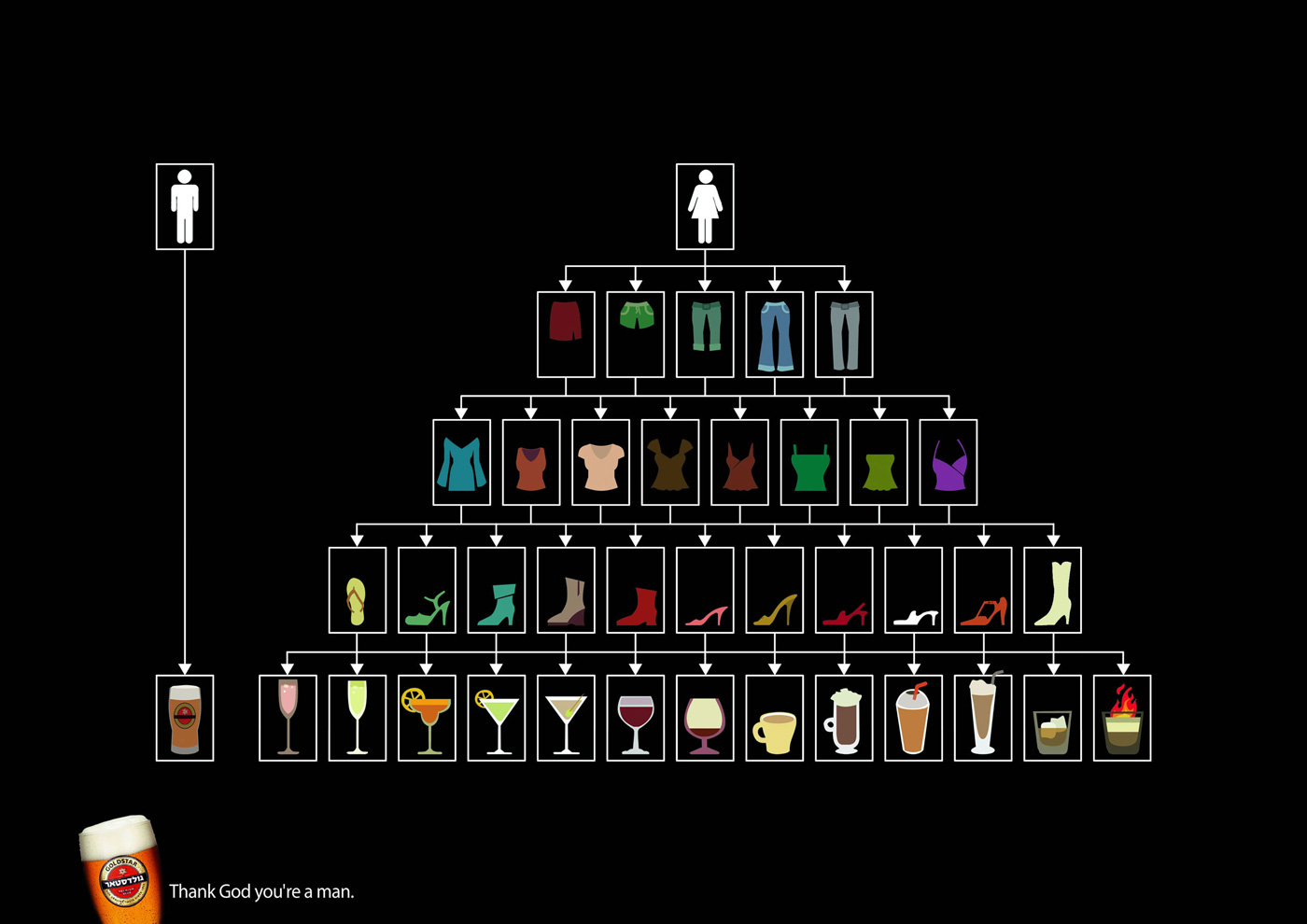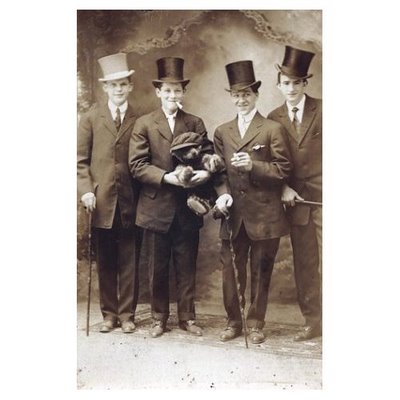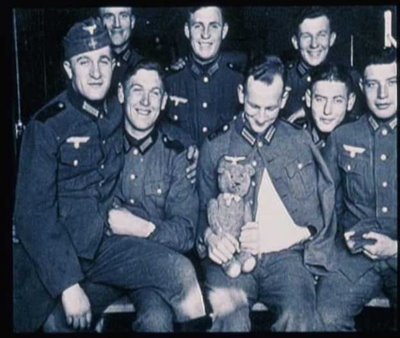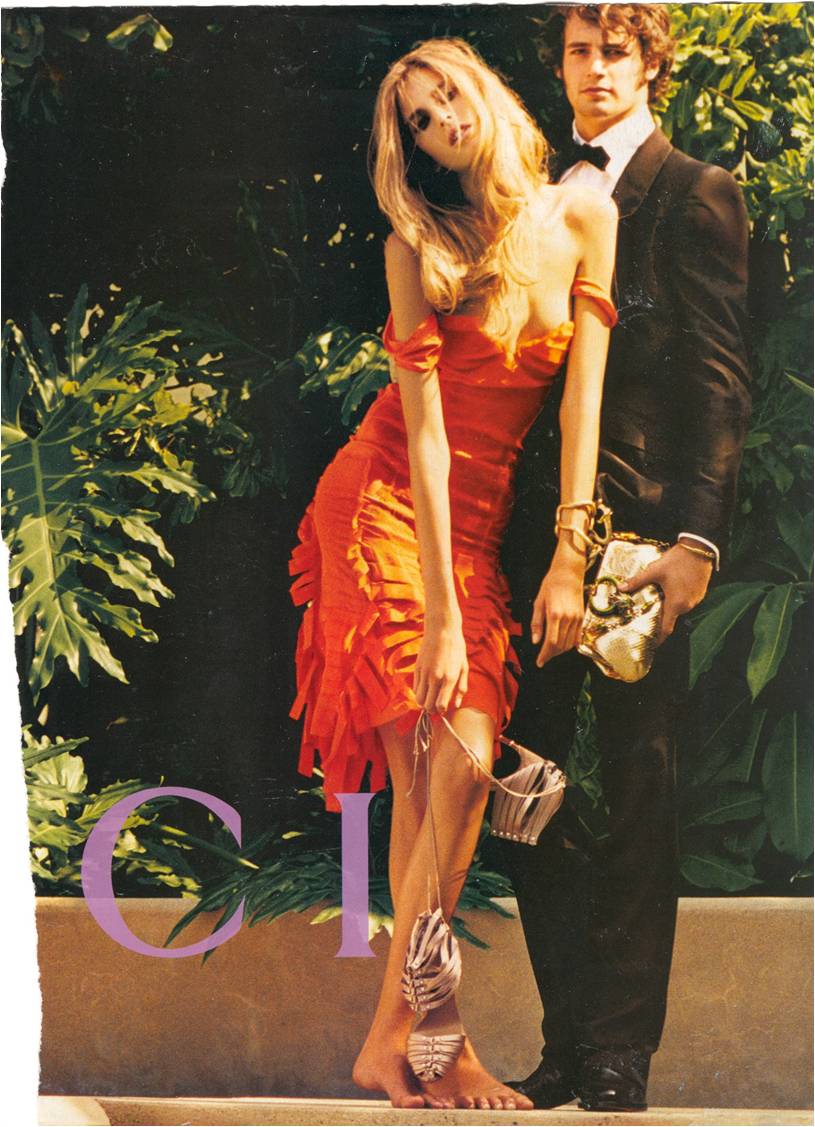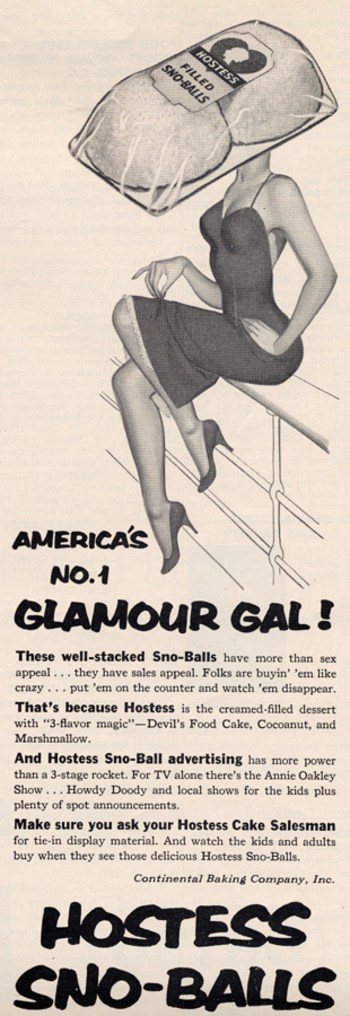In The Gendered Society, Michael Kimmel argues that women often have to be very careful how they dress, lest they be seen as too frumpy, too old, too slutty, too smart, trying to hard, etc. In comparison, men can often just go as a guy.
Two examples:
Nancy: The invitation says black tie, I guess you’ll wear your tux?
Frank: Yup.
Nancy: Mr. Easy. Once choice, one look. I have to ponder endless combinations of hair, makeup, gowns, shoes, jewelry. I have to decide if I want to look sultry, subdued, glittery, basic, bright, dark, modern, traditional…
Frank: Hon, who do you want to please?
Nancy: You, of course.
Frank: I stopped listening after “sultry.” There, Mr. Easy to the rescue.
Nancy: Gee, thanks. Sultry’s the hardest one.
The fact that women can’t just be a “person” at the bar or the black tie event is related to the fact that women are a marked category, while men are culturally neutral. That is, women are women and men are people. For more posts on this idea related to gender and other categories, see this post on toys for kids and our post on that famous real bodies exhibit.
(I found the first image here; the LuAnn cartoon was given to me by Myra M. F.)

